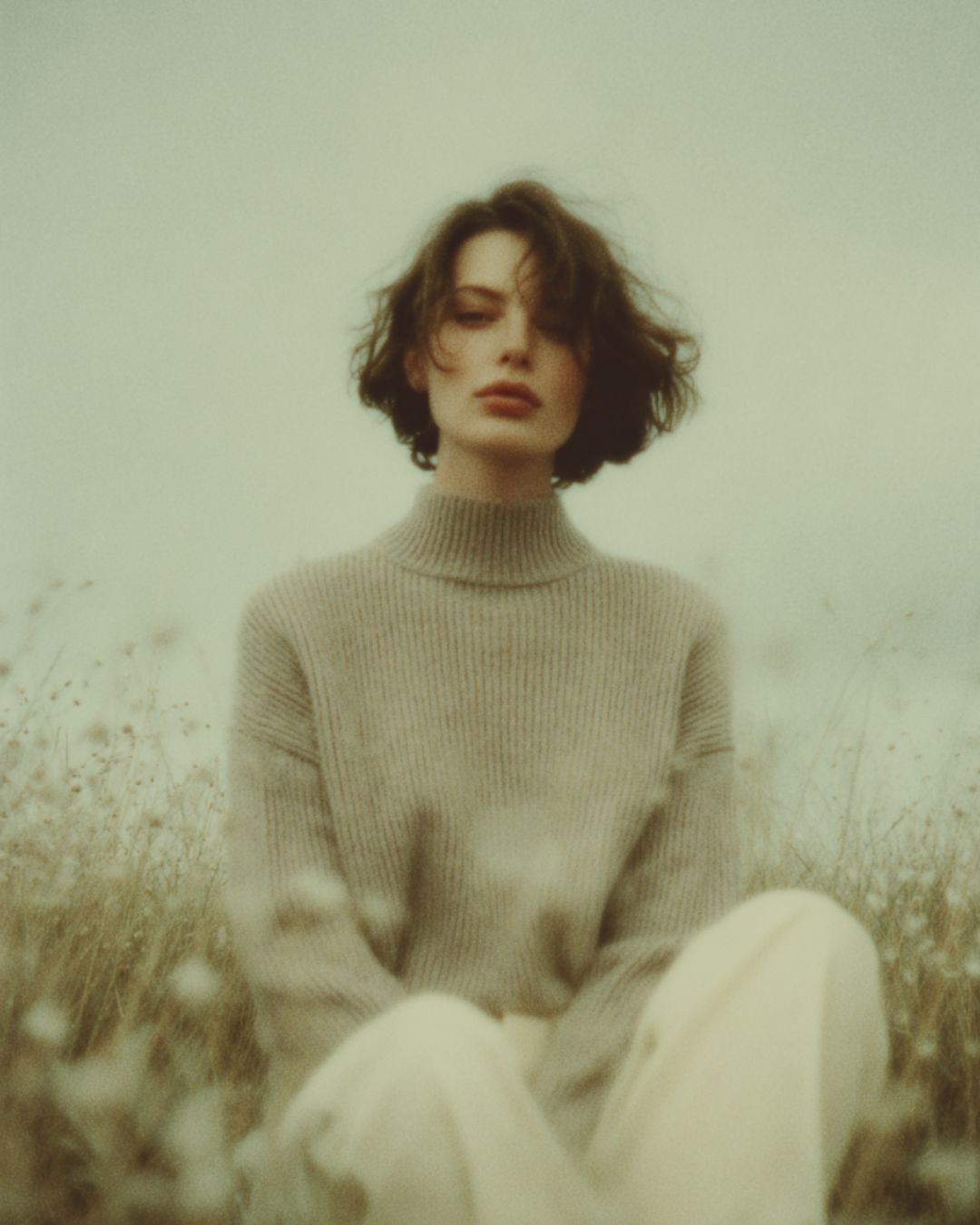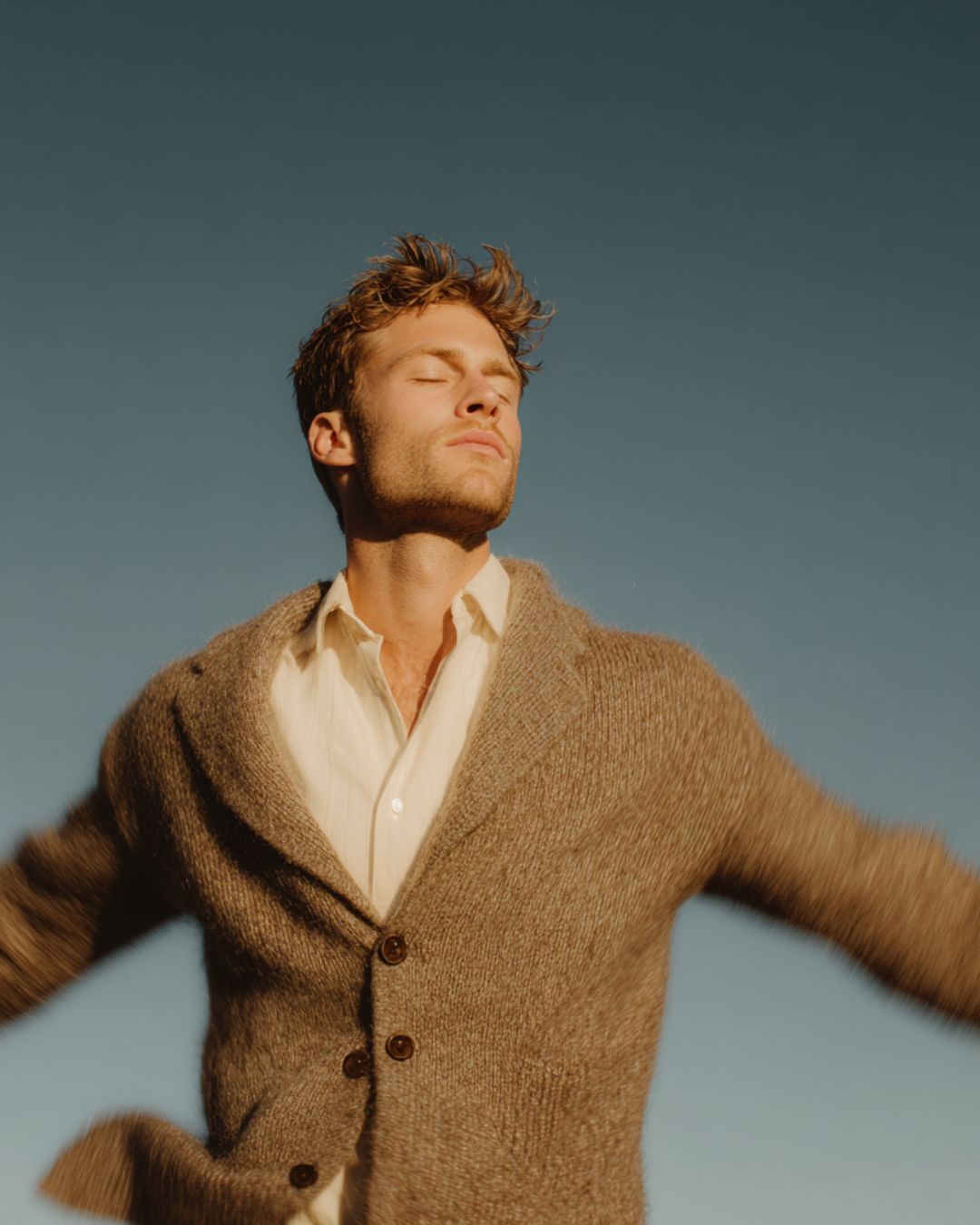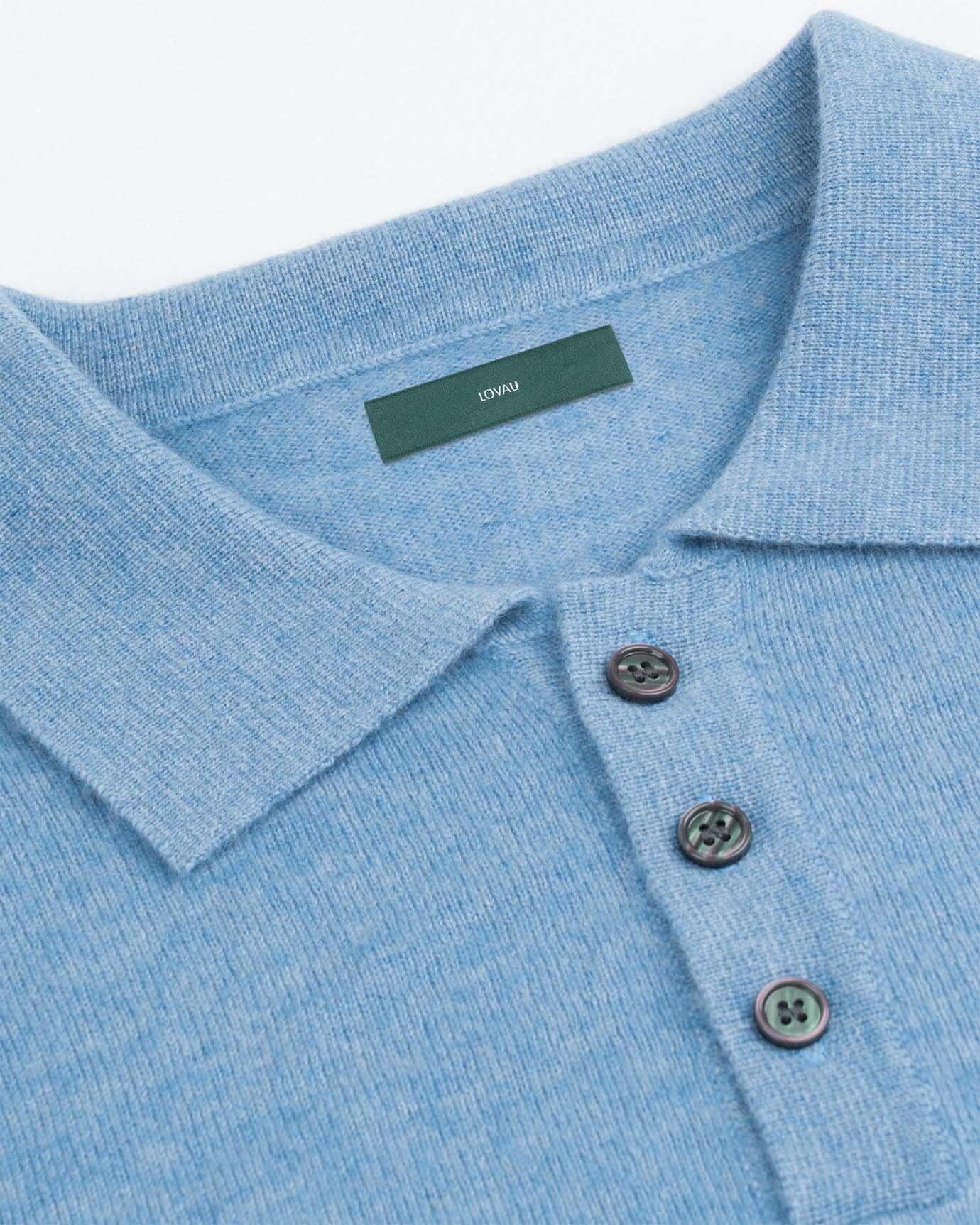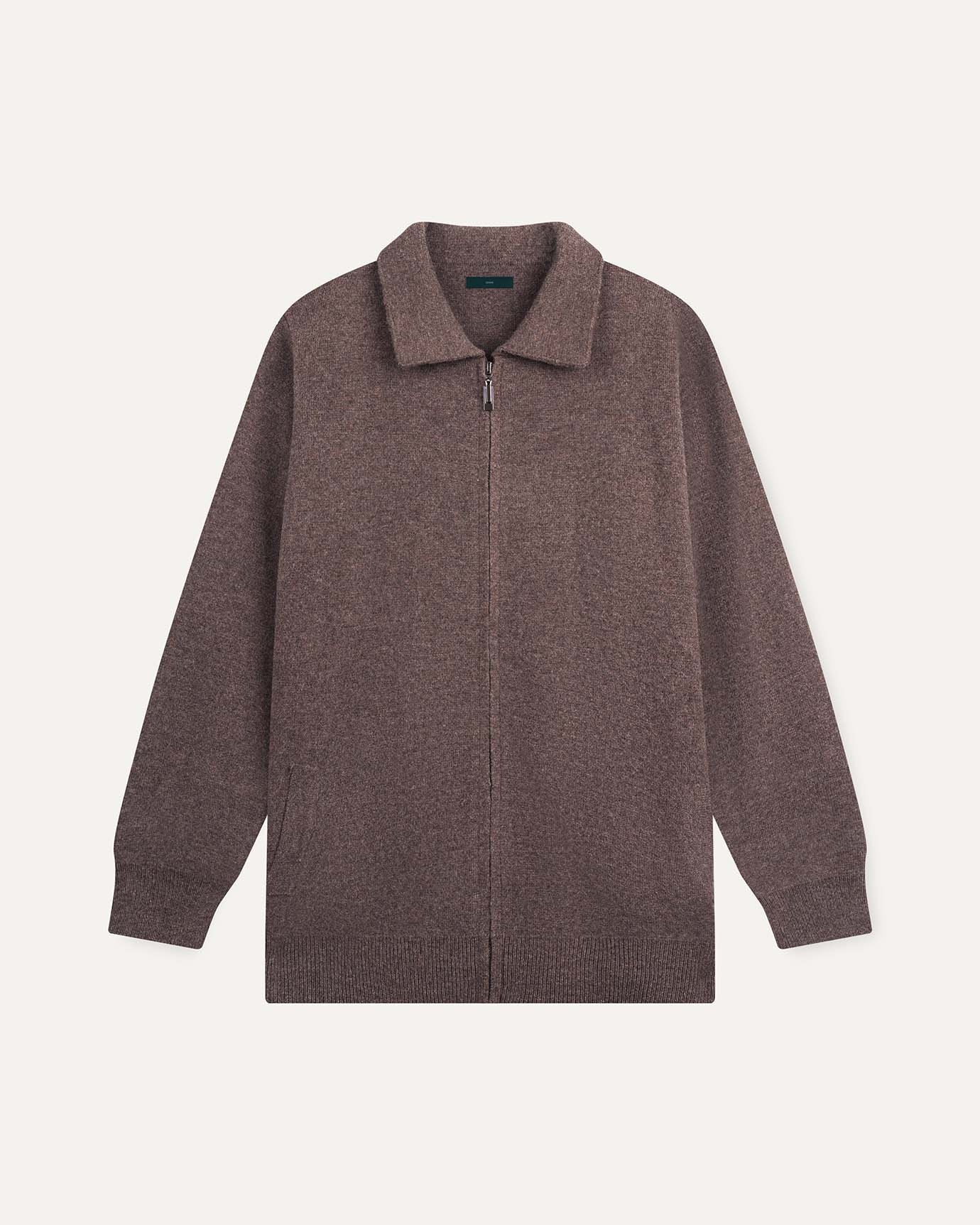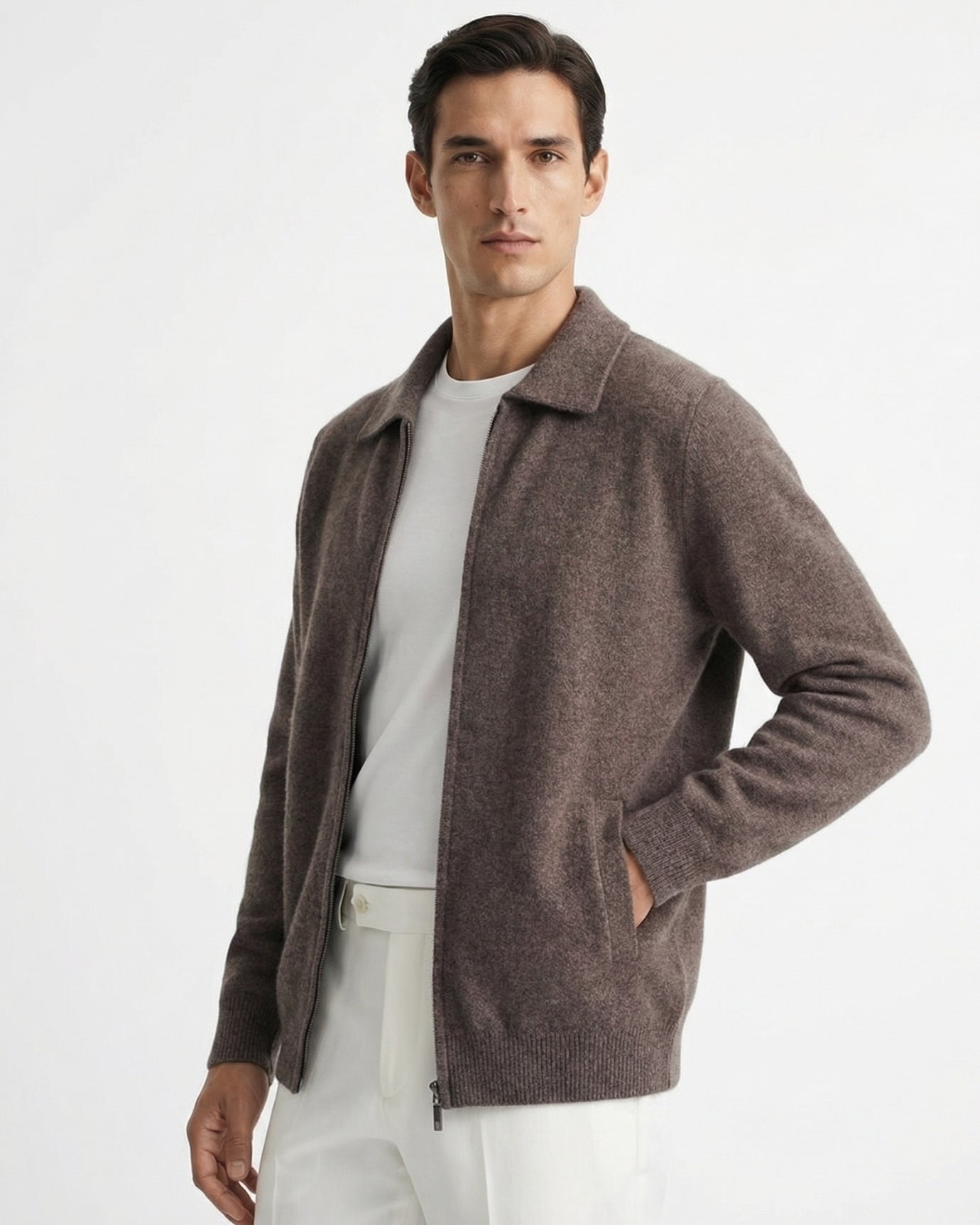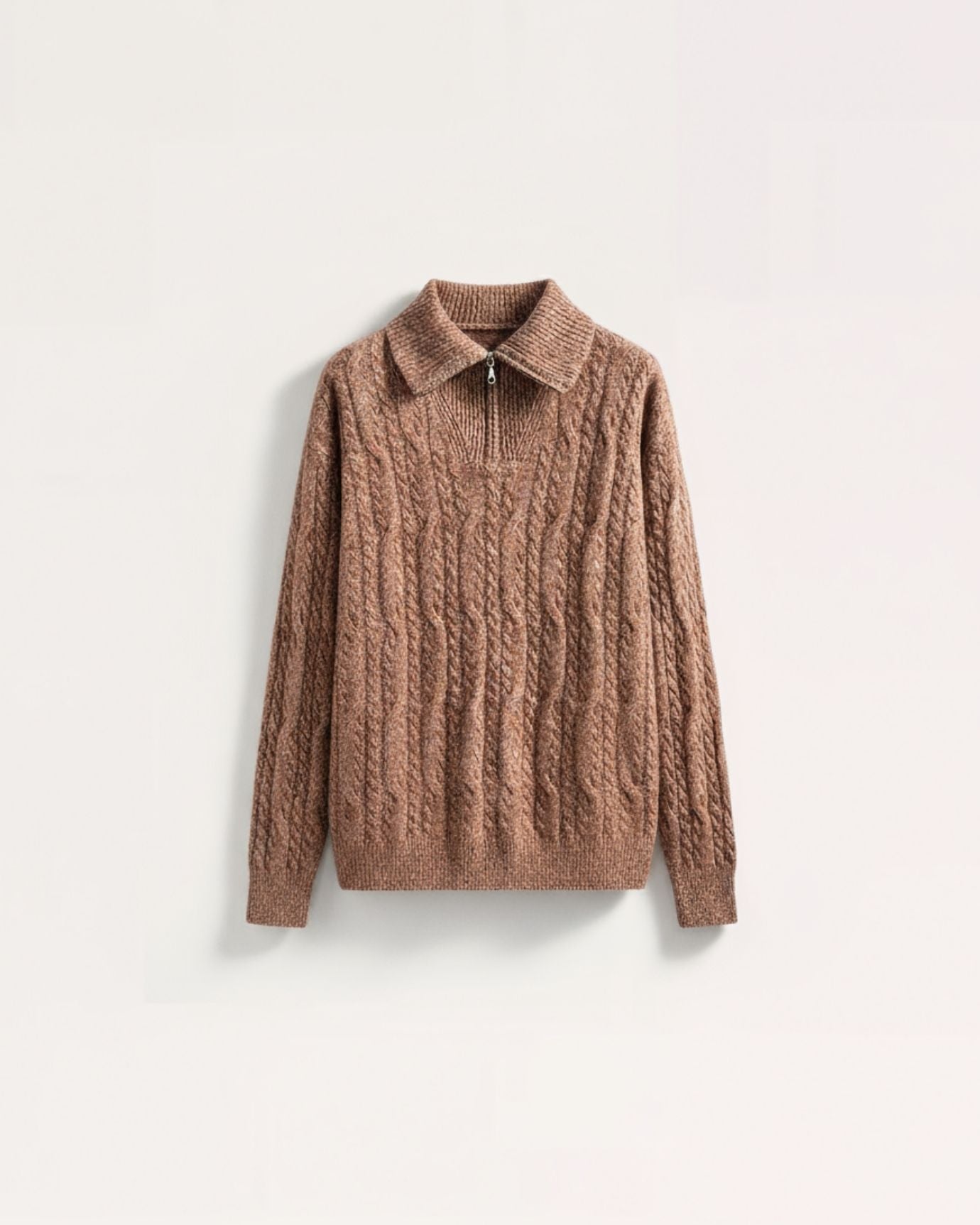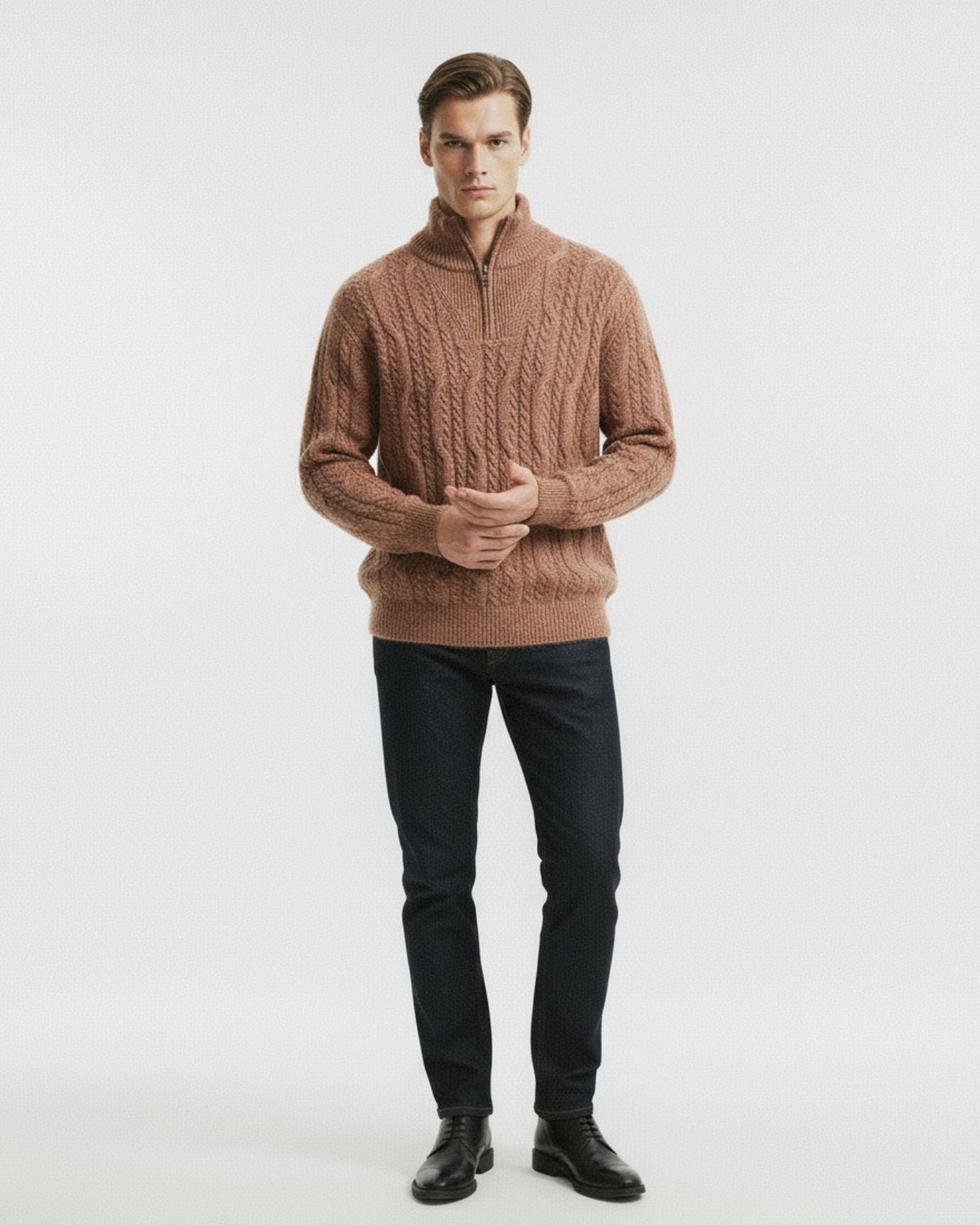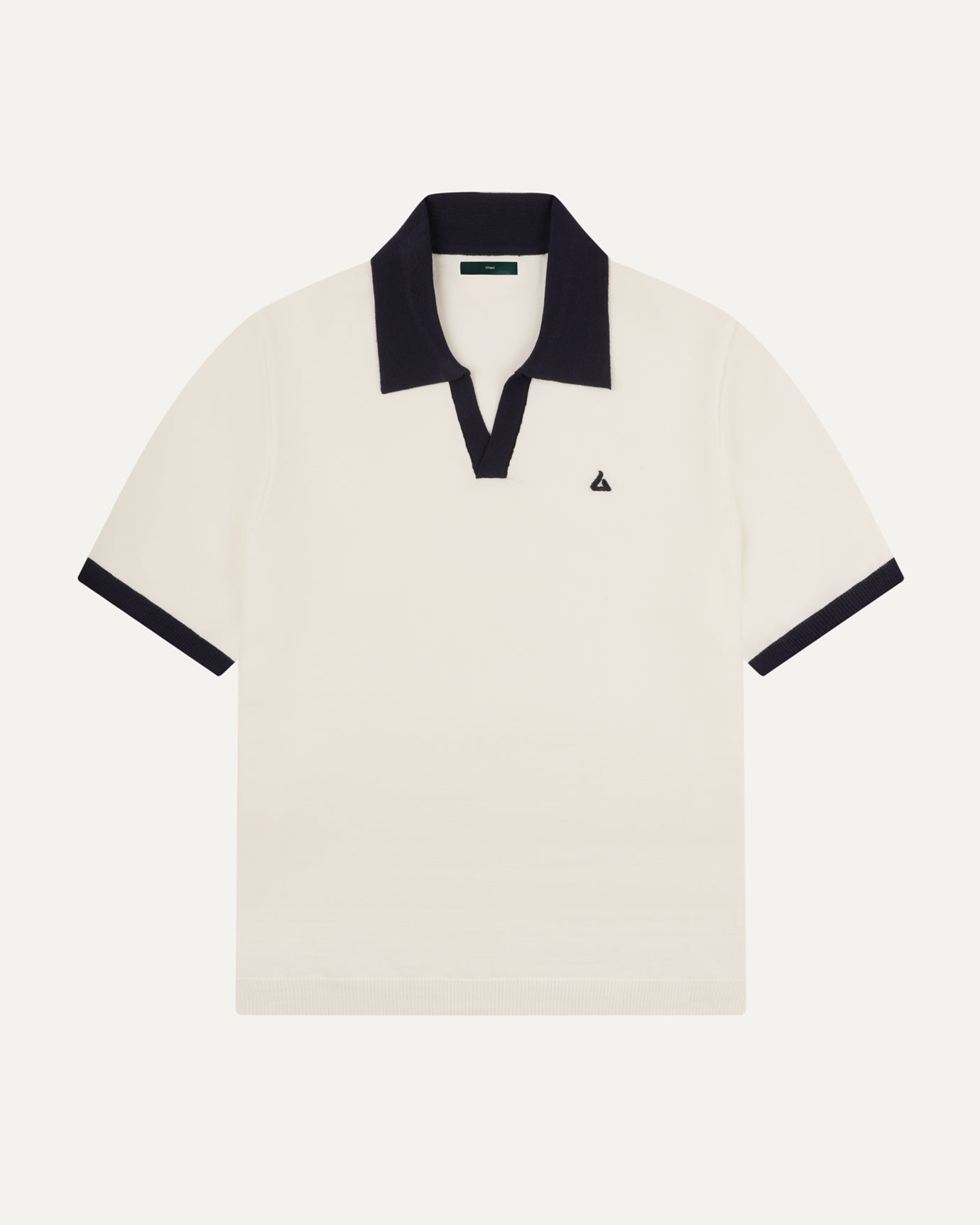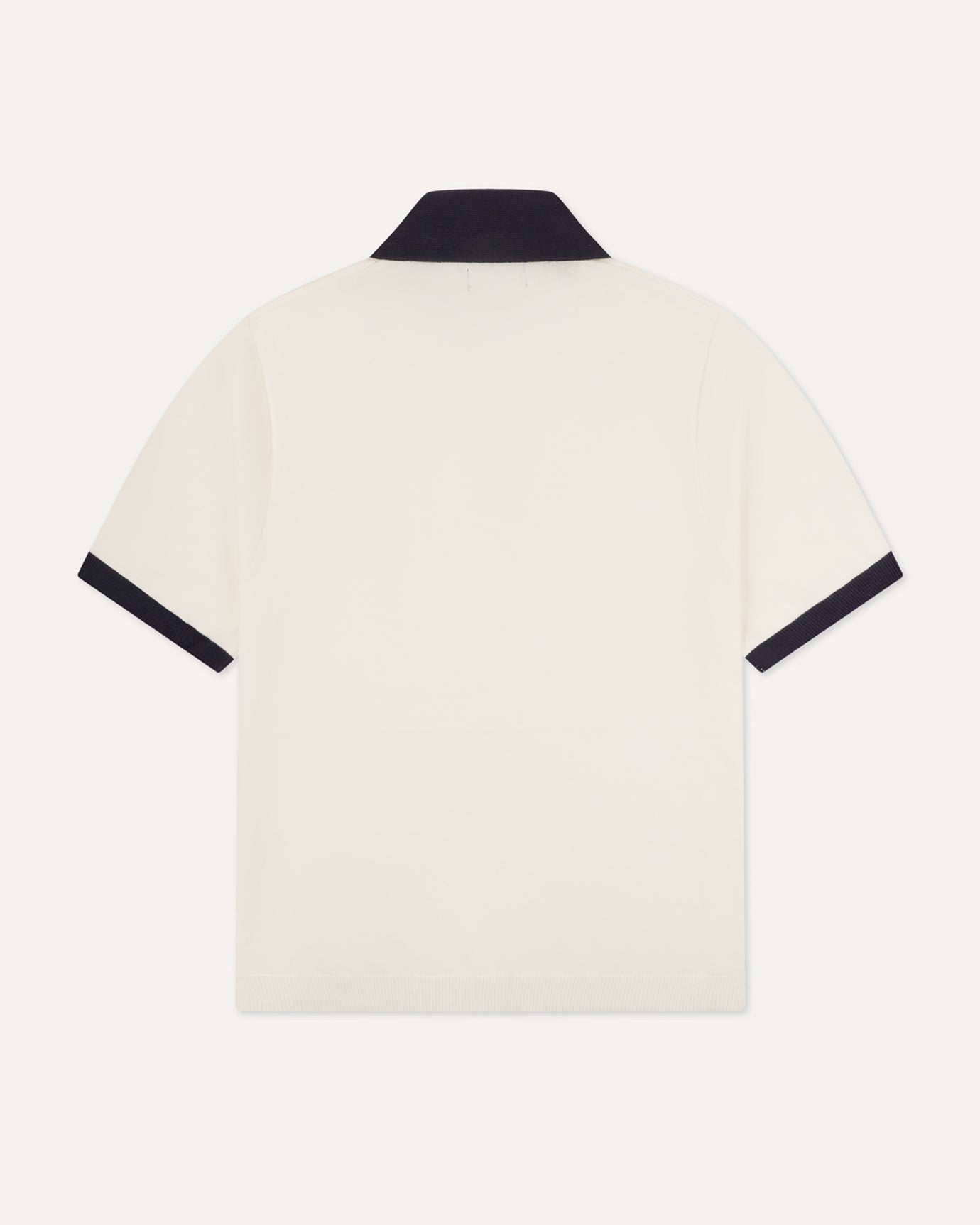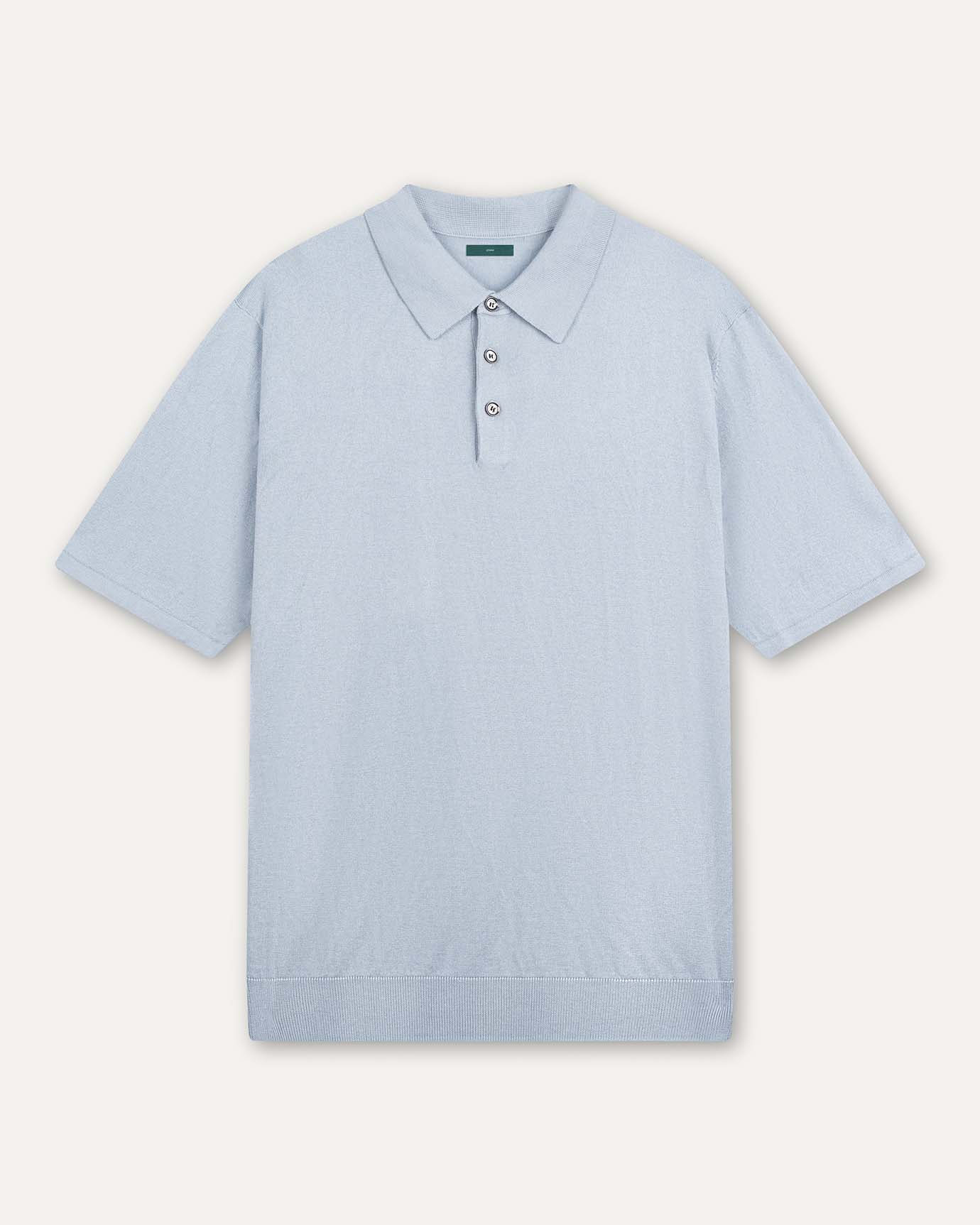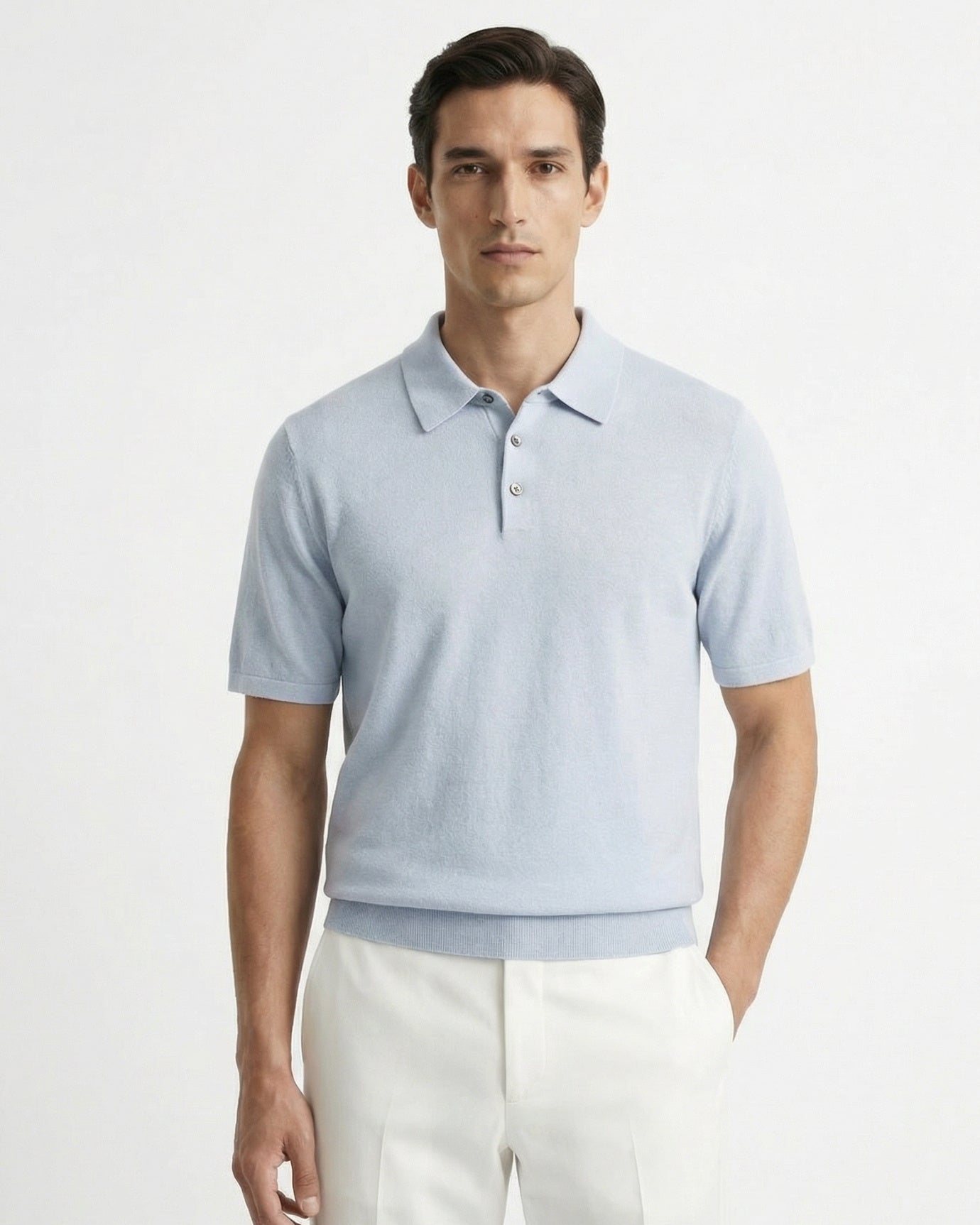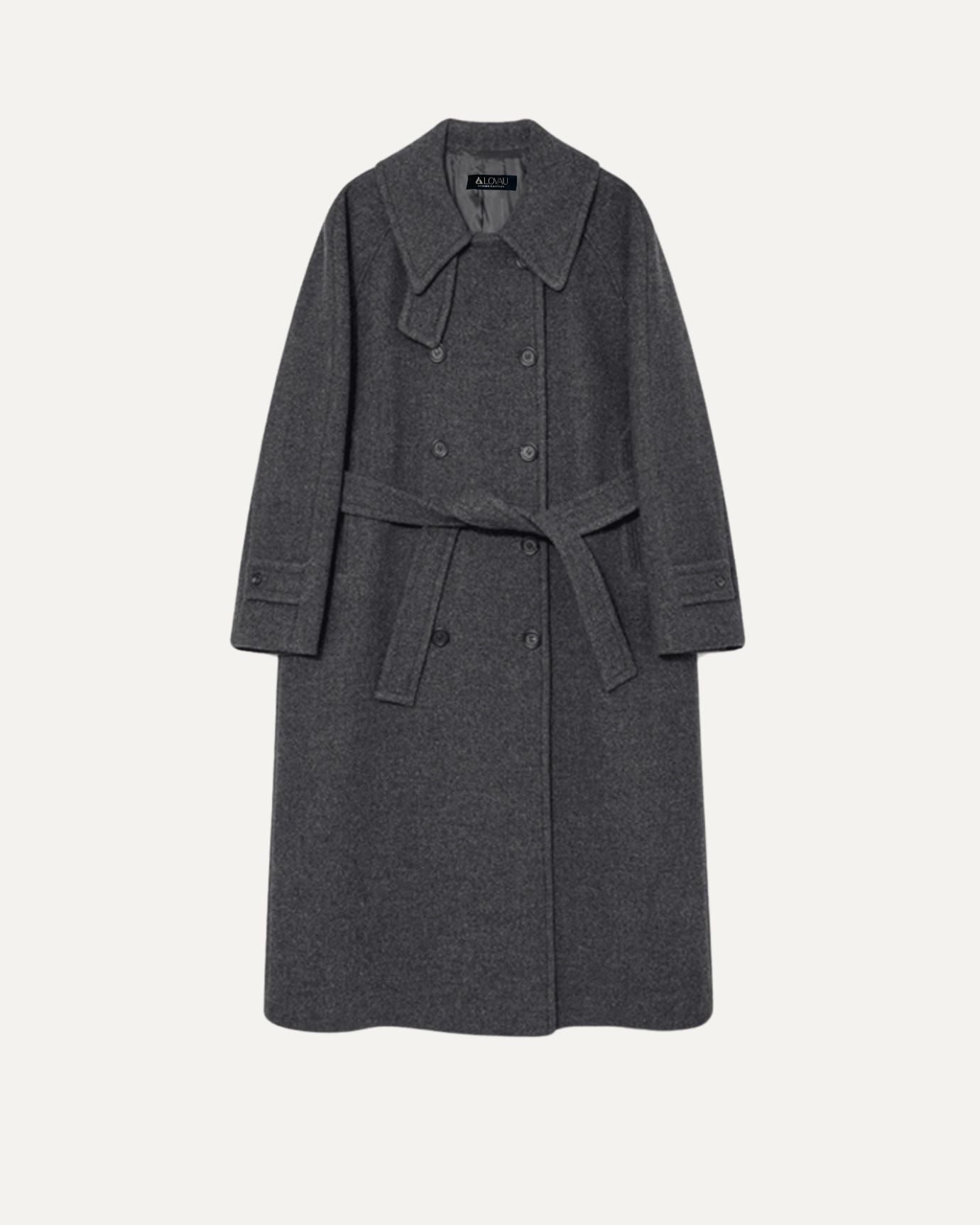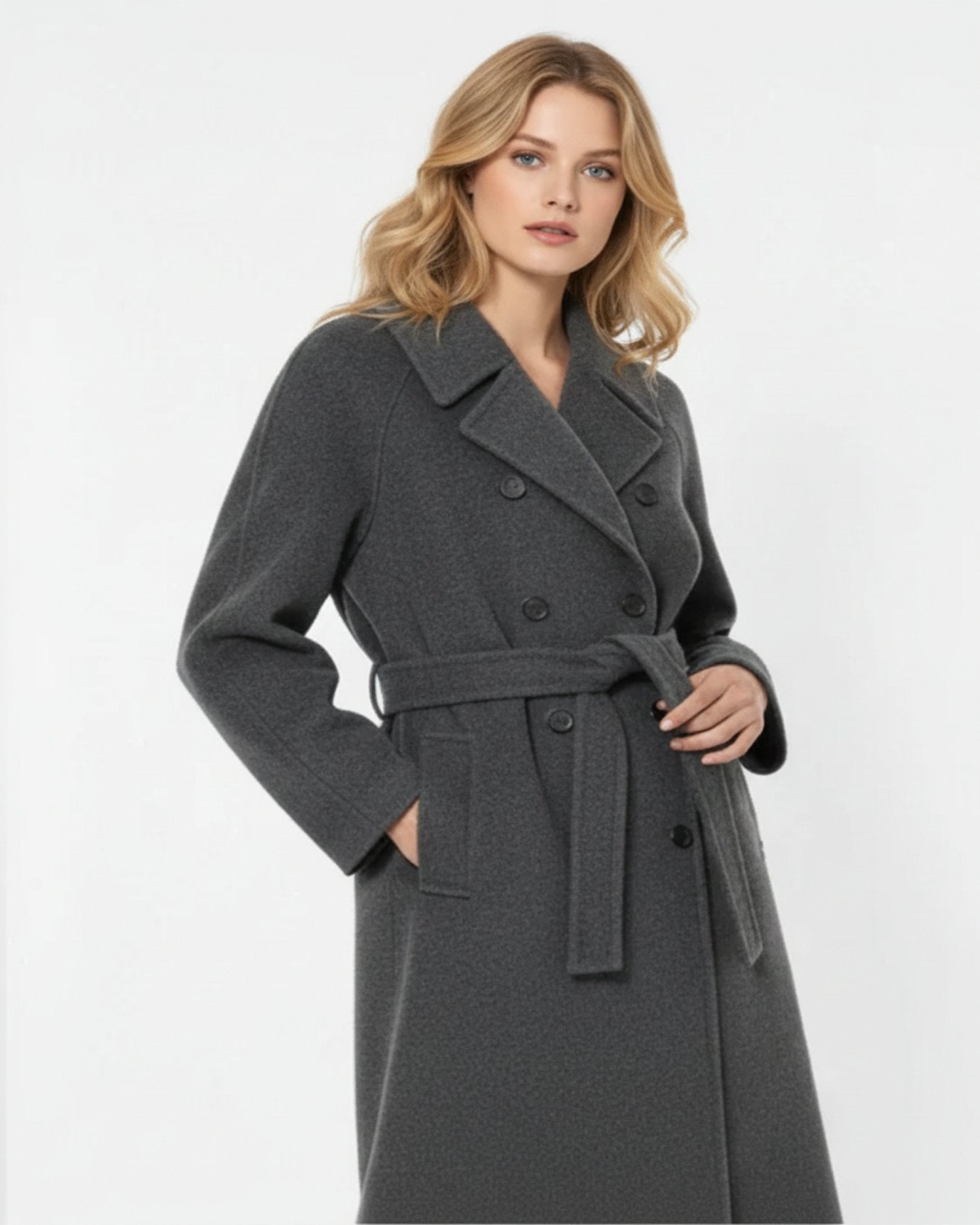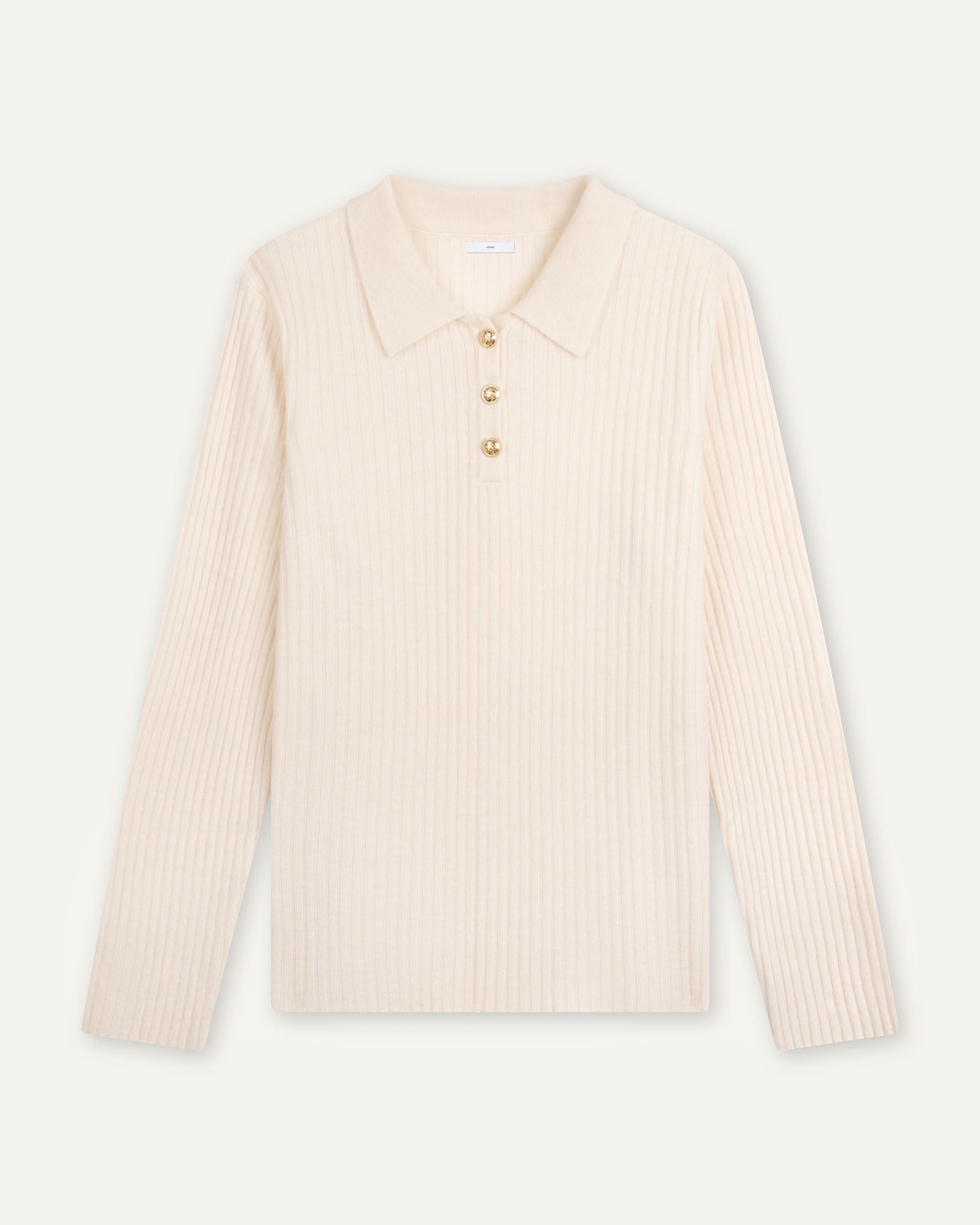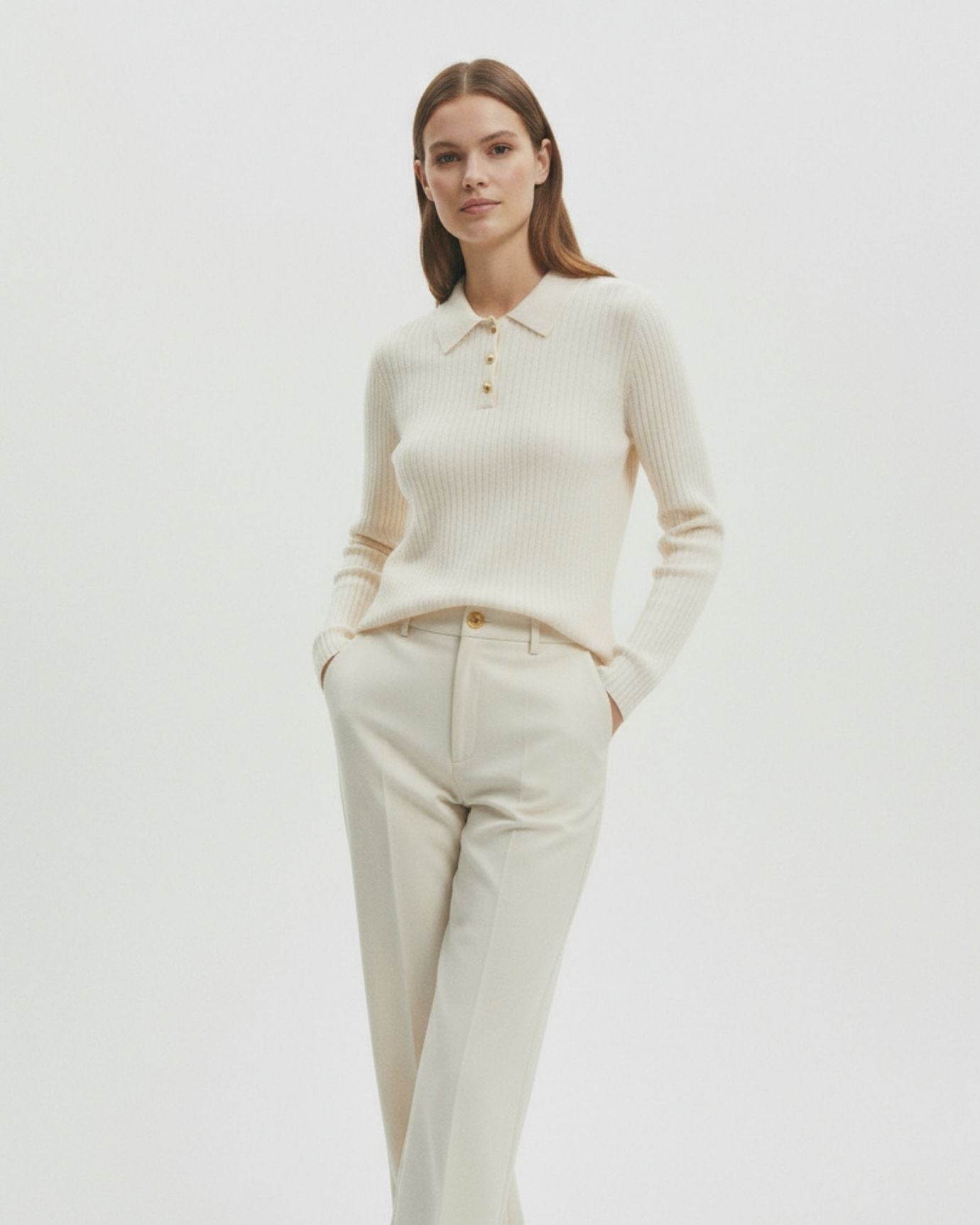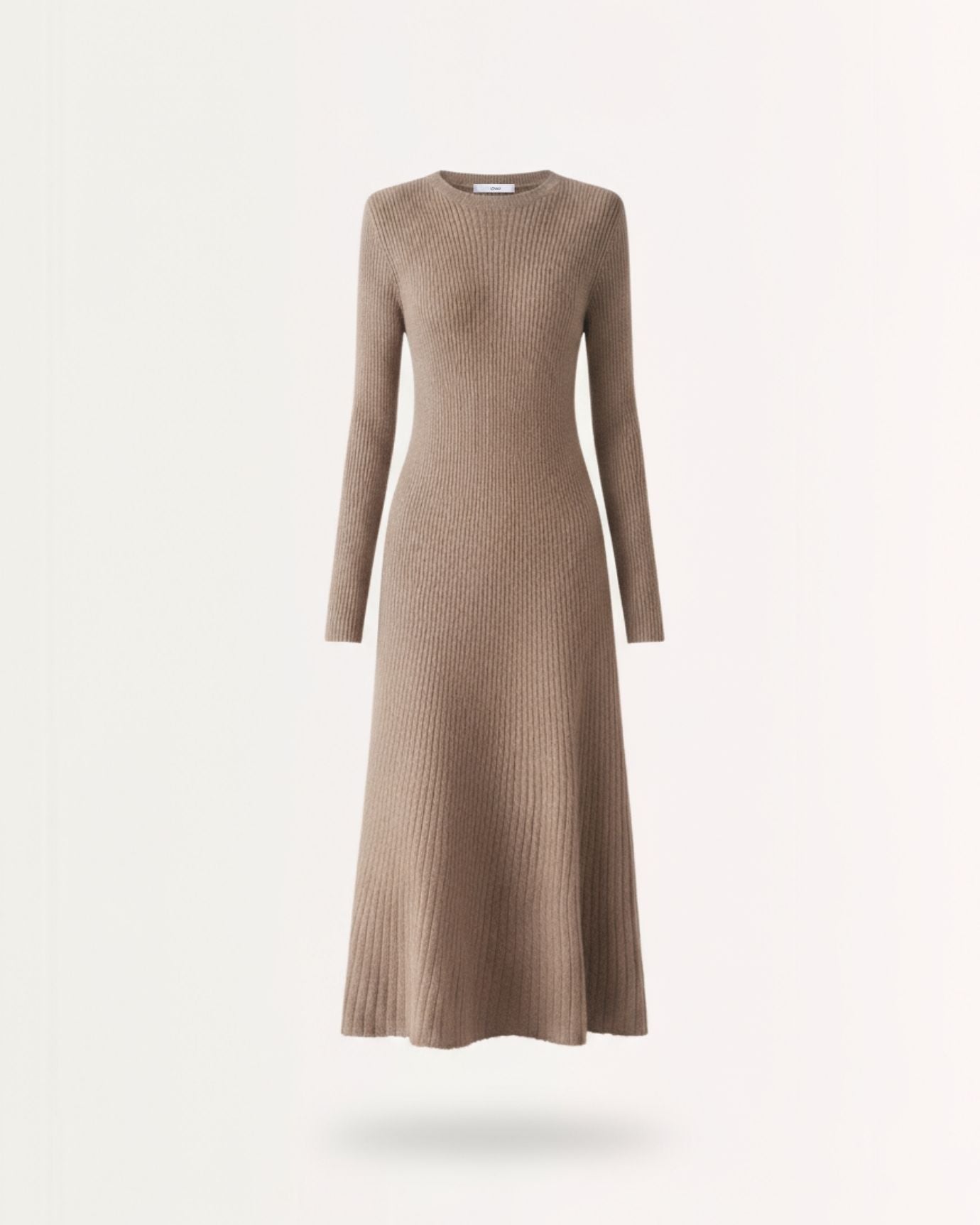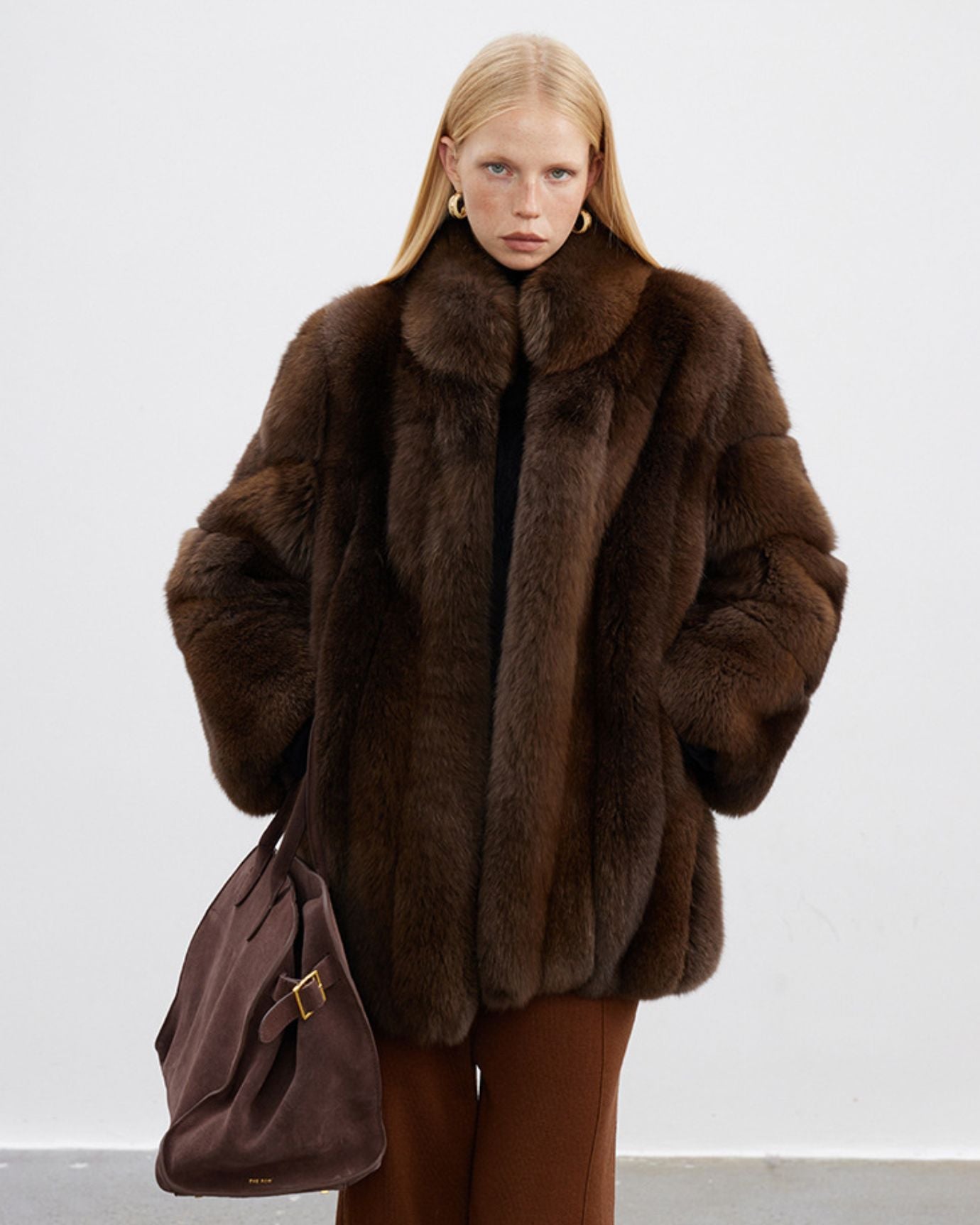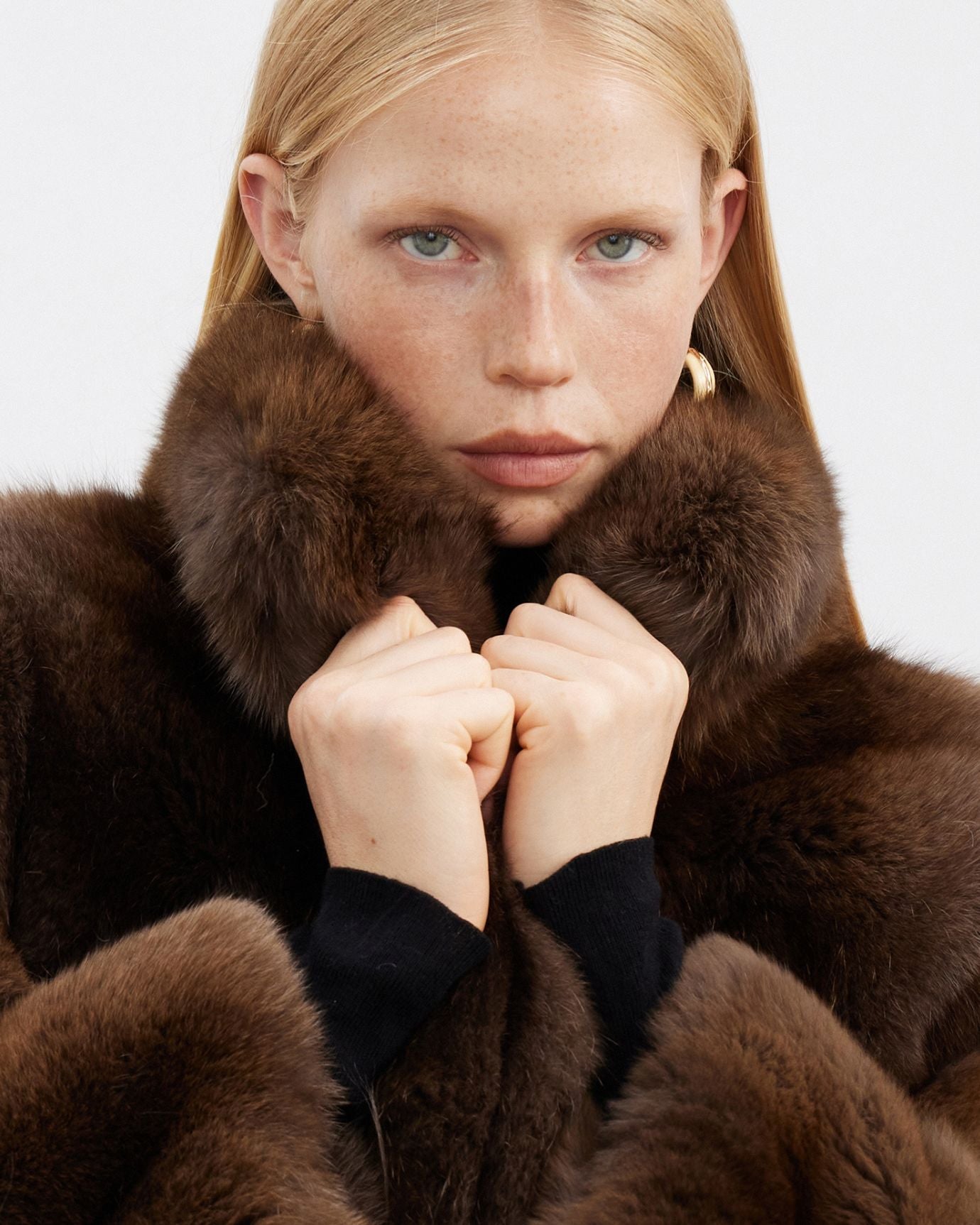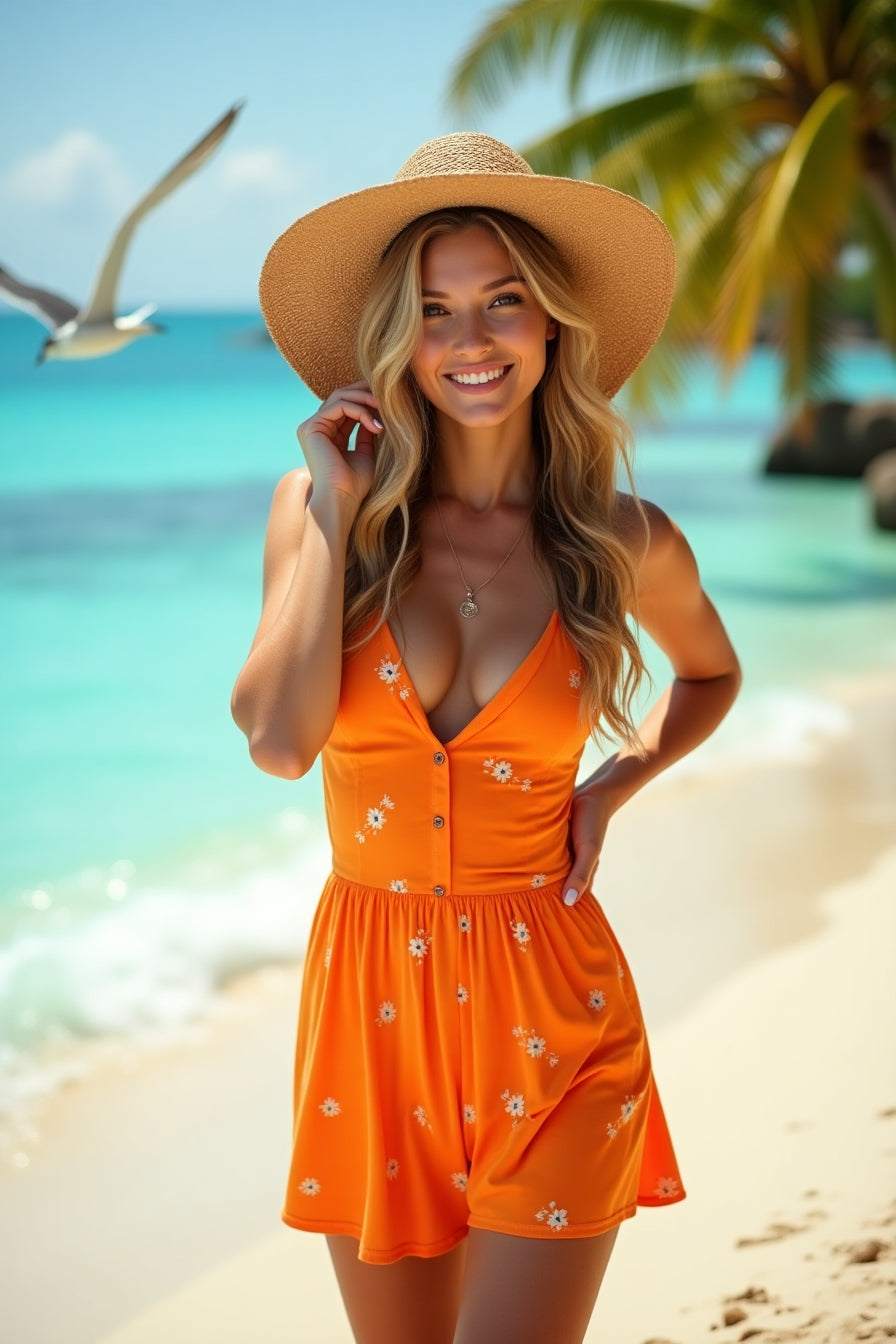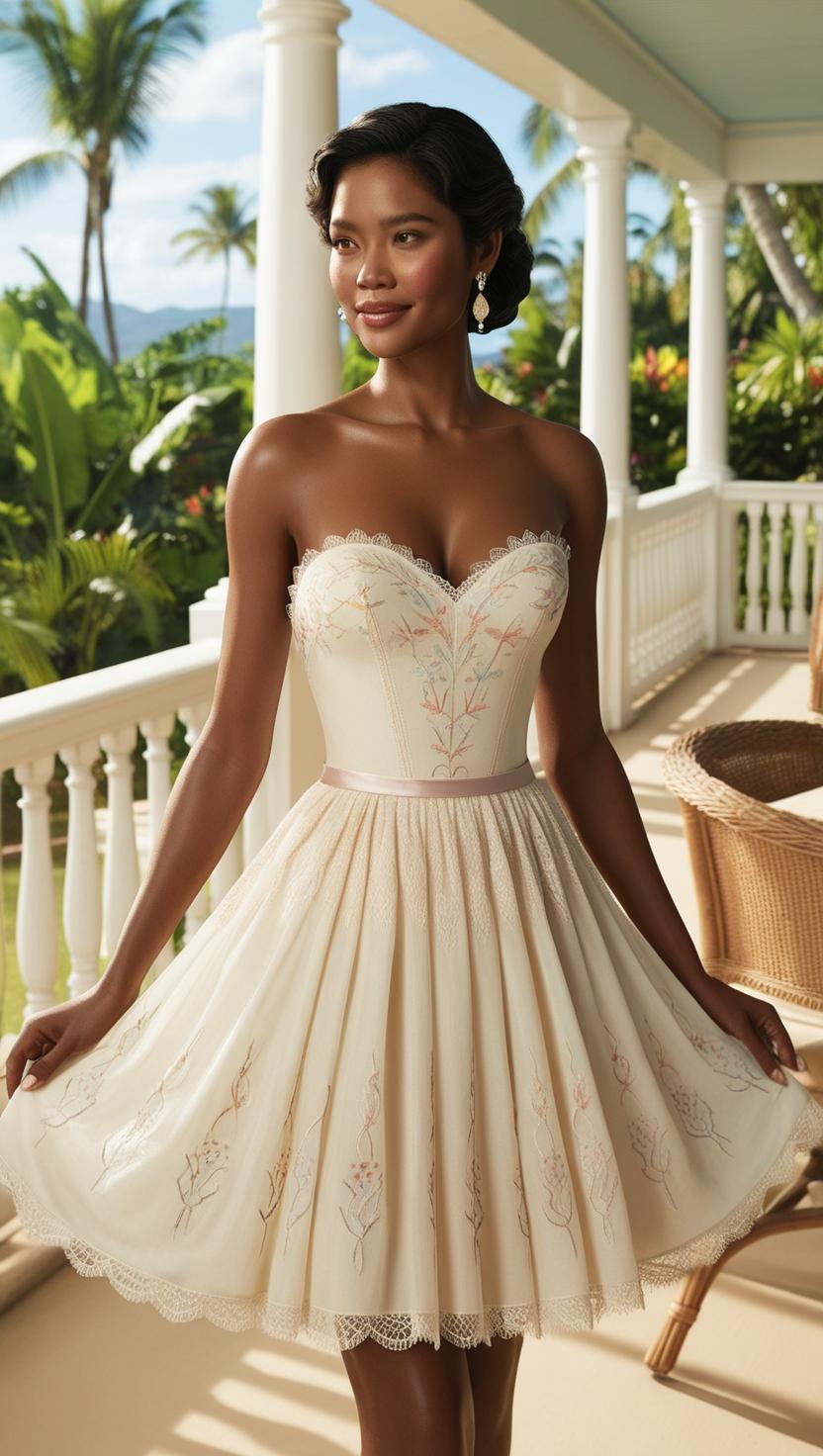
Old Money Style in Pop Culture: Movies & Shows That Nailed It
The old money aesthetic has long inspired fashion and lifestyle trends, but few mediums have portrayed it more vividly than film and television. With the rise of social media fascination around quiet luxury and refined elegance, pop culture has become a powerful archive of timeless style. From vintage aristocrats to modern media moguls, some movies and shows capture the essence of old money fashion in unforgettable ways.
In this post, we explore the most iconic pop culture portrayals that nailed the old money aesthetic — and why they still influence how we dress today.
What Is Old Money Style?
Old money style is rooted in understated elegance, generational wealth, and classic taste. It’s not about designer logos or flashy trends, but rather about timeless pieces that emphasize tradition, refinement, and heritage. Think cashmere sweaters, silk blouses, loafers, tailored coats, and pearl earrings — worn with quiet confidence.
What makes the aesthetic captivating is its ability to project wealth without the need to prove it.

Why Pop Culture Gets It Right
Movies and TV shows often go beyond superficial fashion; they reflect entire lifestyles. When costume designers aim to portray old money characters authentically, they select wardrobe pieces that mirror power, restraint, and generational affluence. That’s why the style shown in these productions feels so convincing.
In many cases, the wardrobe becomes a silent character, helping us understand who holds power, who comes from privilege, and who’s simply trying to fit in.
1. The Crown – Royalty Refined
Netflix’s The Crown is a masterclass in old money fashion. Chronicling the reign of Queen Elizabeth II, the series showcases elegant silhouettes, tailored coats, and a color palette dominated by neutrals and pastels. Princess Margaret’s glamorous looks and Princess Diana’s sophisticated evolution are especially noteworthy.
Every outfit tells a story of discipline, duty, and inherited elegance — the cornerstones of the old money image.
2. Succession – Quiet Power Dressing
HBO’s Succession gave the world a modern-day vision of quiet luxury. The Roy family wears cashmere, soft suiting, and minimal accessories. Shiv Roy, in particular, captures attention with her monochromatic turtlenecks, neutral trousers, and expertly tailored jackets. No logos. No hype. Just sheer confidence.
It’s the epitome of wealth that doesn’t need to announce itself — it just is.
3. Gossip Girl (OG) – Upper East Side Elite
The original Gossip Girl didn’t just entertain; it defined aspirational fashion for a generation. Characters like Blair Waldorf embodied prep-school perfection with headbands, tweed blazers, pleated skirts, and polished shoes. While the show had its moments of maximalism, the old money undertones in the Waldorf wardrobe reflected classic East Coast wealth.
It was a perfect blend of traditional prep and high society elegance.
4. The Talented Mr. Ripley – Mediterranean Glamour
Set in 1950s Italy, this film captures an era when old money style meant light linen shirts, high-waisted swim trunks, and tortoiseshell sunglasses. Characters like Dickie Greenleaf and Marge Sherwood ooze effortless wealth, pairing relaxed silhouettes with luxury materials. The looks are both laid-back and cultivated.
The sun-drenched settings and sophisticated wardrobes make it a visual reference point for summer-old money aesthetics.
5. Downton Abbey – Historical Heritage
Few series portray the depth of aristocratic fashion like Downton Abbey. With its setting in early 20th century England, the show is steeped in classic tailoring, fine jewelry, and layered textures. From Lady Mary’s evening gowns to Lord Grantham’s three-piece suits, every outfit screams tradition.
The show’s commitment to period detail highlights how wealth was once shown through restraint, posture, and tailoring.
6. Great Gatsby – Old Money vs New Money
Baz Luhrmann’s The Great Gatsby serves as both a fashion feast and a critique of wealth dynamics. While Gatsby’s flashy suits represent new money flamboyance, Daisy Buchanan’s wardrobe leans toward the older, established aesthetic. Her beaded dresses, pearls, and quiet grace contrast Gatsby’s desperation for attention.
This visual difference highlights how old money avoids spectacle, preferring legacy over glamour.
7. Revenge – The Hamptons’ Hidden Hierarchies
ABC’s Revenge brought us Emily Thorne’s coastal old money vibe. From boat shoes and crisp button-downs to white linen dresses and subtle jewelry, her wardrobe reflects old money chic with a vengeful twist. The show expertly juxtaposes wealth and power through wardrobe details that elevate the storyline.
Each outfit communicates control, lineage, and a life shaped by legacy.
8. Mad Men – Polished Power
While Mad Men is often praised for its 1960s office style, characters like Betty Draper embody suburban old money elegance. Her feminine silhouettes, pearl sets, and pastel coats reflect the affluence of inherited status and country club life. Don Draper, though not from wealth, adopts the appearance of a self-made elite.
It’s a series that shows the line between fitting in and actually belonging — a key old money theme.

Why This Aesthetic Resonates Today
In the current climate of overstimulation and fast fashion, the old money aesthetic feels refreshingly calm. Pop culture’s embrace of this style reflects a broader desire for permanence, tradition, and value. Audiences are no longer just watching what characters do; they’re watching how they dress, and what that says about their place in the world.
Old money fashion tells stories without words — stories of subtle power, quiet wealth, and a life curated through discretion.
How to Channel the Look
You don’t need generational wealth to adopt the old money aesthetic. Focus on:
-
Neutral tones like cream, navy, taupe, and camel
-
Well-tailored outerwear
-
Leather accessories and understated jewelry
-
Quality fabrics like wool, silk, and cashmere
-
Minimalist grooming and refined details
It’s about investing in pieces that last and prioritizing how you wear something, not what it costs.


